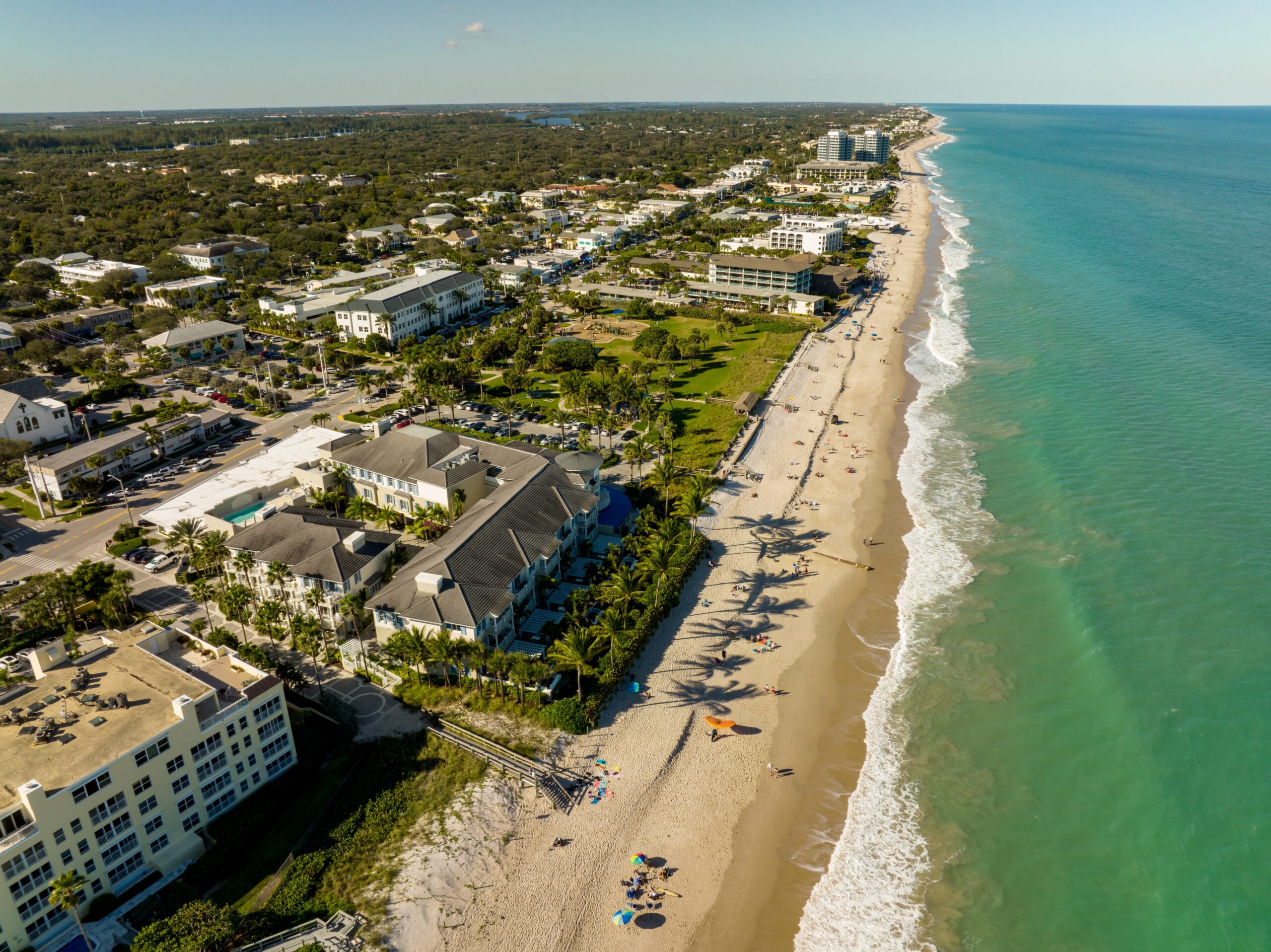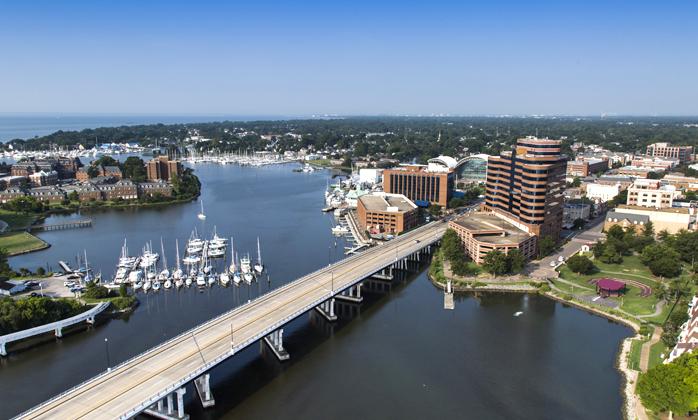10 Pros and Cons of Living in Lake Forest, CA

Lake Forest, California, is a gorgeous, affluent community 46 miles southeast of Los Angeles. It is surrounded by neighboring neighborhoods such as Mission Viejo, Irvine, Laguna Hills, and Rancho Santa Margarita.
Lake Forest is often regarded as one of the nicest places to live in all of California due to its abundance of beautiful parks, the stunning Lake Forest, and the many trees throughout the area. The town was officially established in December 1991, making it a young settlement. Some Lake Forest locals who prefer the old name to the new one still refer to the place by the name “El Toro,” even though that term is no longer officially used.
Let’s talk about ten pros and cons of living in Lake Forest, CA!
Pros of Living in Lake Forest
1. Saddleback Valley Unified School District serves the city
Lake Forest has a top-notch educational system that provides excellent opportunities for learning to its 12,150 resident students. There are a total of eight primary schools and three secondary schools in Lake Forest: El Toro High, Trabuco Hills High, and Serrano Intermediate. Saddleback Valley Unified is the school district that serves Lake Forest. Some of the best private schools in town include Fulbright Montessori Academy, Grace Christian, and Abiding Savior Lutheran Church.
The University of California, Irvine, is located about 6 miles from Lake Forest. Caltech in Pasadena, 60 minutes away from Lake Forest, is considered the best university in the region. University of Southern California, with 49,318 students, is one hour away.
2. Enjoy 261 days of sunshine yearly
Lake Forest boasts a consistently mild climate, with summer temperatures usually hovering in the mid to upper 70s, while winters may see lows in the low 50s. Precipitation levels remain generally low year-round, punctuated by occasional rain and light snowfall in winter.
Renowned as one of California’s sunniest locales, it basks in an average of 261 days of sunshine annually, making it an ideal spot for year-round outdoor pursuits such as biking and hiking.
3. Crime rates are lower than the national average
Lake Forest stands out as a notably secure city, boasting a significantly lower violent crime rate than the national average. Specifically, the rate of violent crime in Lake Forest stands at 13.3, notably lower than the US average of 22.7. Similarly, the rate of property crime in Lake Forest, at 17.3, is notably lower than the national average of 35.4.
Overall, these statistics depict Lake Forest as a notably safer residential area compared to most other cities across the United States.
4. Live in Portola Hills, Serrano Park or Foothill Ranch
You can feel at ease knowing that several Lake Forest neighborhoods are among the safest in all of California. Lake Forest is a great place to live whether you’re searching for a tranquil area, an environment that’s great for families, or all three.
Medium-sized homes up to mansions with more than 4,000 square feet can be found in Portola Hills. The average price of a home here is $880,500, which is very reasonable for Lake Forest. Housing options in the neighborhood range from single-family detached houses to condos, townhomes, and semis.
In 2000, the area now known as Foothill Ranch was built as a master-planned community at the foot of the stunning Saddleback Mountains. There is a community pool and spa, as well as a clubhouse with all the modern conveniences, in this beautiful neighborhood nestled into the rolling hills. This very desirable area has a median property price of $1,210,000.
Serrano Park is a well-established, well-maintained community with large homes that were developed from roughly 1976 to 1985. The neighborhood has a lot of trees, a walking route, and large lots. The Orange County Great Park, a large park with activities for all seasons, is located just behind the neighborhood. This neighborhood is ideal for people of all ages, from young families to retirees. Serrano Park has a median property price of $1,162,500.
5. Work in the manufacturing, healthcare, retail, education or finance industry
Lake Forest’s local workforce has remained relatively stable despite the city’s dynamic job environment. Industries such as manufacturing, healthcare, retail, education, finance, insurance, and construction are all very common in Lake Forest.
According to Payscale, the median income in Lake Forest is $79,000 per year. Lake Forest’s major economic drivers are the manufacturing sector and the professional, scientific, and technological services sector.
These are some of the city’s largest employers: Oakley, Panasonic Avionics Corporation, LoanDepot, Invensys, Apria Healthcare Group, Spectrum Brands H.H.I., and Bal Seal Engineering.
6. Eat at Lucille’s Smokehouse Bar-B-Que or Avila’s El Ranchito
Lake Forest boasts numerous highly-rated dining options, and among them, Lucille’s Smokehouse Bar-B-Que stands out as a local favorite. This is a local chain providing southern-style dishes like jambalaya and sandwiches along with delicious barbecue plates. Try a plate of ribs, tri-tip, brisket, steak, and many other options.
Serving up a scrumptious menu of burritos, chimichangas, Baja bowls, quesadillas, carne asada, and many other Mexican-style dishes, another one of the top Lake Forest restaurants is Avila’s El Ranchito. This hot spot has more than enough options to curb your appetite, along with a full list of great drinks to keep you refreshed during your meal.
7. Take in the natural environment at Whiting Ranch Wilderness Park or Lake Forest Sports Park
Lake Forest isn’t a huge place, but there’s plenty to do if you’re looking for a good time. Whiting Ranch Wilderness Park is a popular destination due to its expansive nature and the 23 trails that wind across its 17 miles of landscape. The canyons are great for hiking, and the rock formations and trails are great for bicycling.
Going to Lake Forest Sports Park is a must if you want to make the most of your time in Lake Forest. The park has a soccer field, baseball grounds, a softball field, and plenty of open grassy spaces for running around and playing. Visitors of all ages enjoy the park’s many amenities, including the playground, running trails, and picnic areas.
Cons of Living in Lake Forest
1. A higher-than-average cost of living
Lake Forest has a cost of living index of 164.9, which means living expenses in the city are 64.9% higher than the national average. The median home price is a whopping $1,058,032.
The yearly cost of living for a single person in Lake Forest is $49,564, which is more than the state average of $45,534, and the national average of $38,433. This includes the higher prices for housing, food, child care, transportation, healthcare, and taxes.
2. There are traffic issues and the city is car-dependent
As with many Southern California cities, traffic congestion during peak hours can be a significant drawback. Commuting to and from work or popular areas might involve dealing with heavy traffic, leading to longer travel times and potential frustration for residents.
Likewise, the dependency on private vehicles is high due to limited public transportation options. While the city is well-connected by roads, the reliance on cars could be inconvenient for those who prefer or rely on public transit, potentially increasing commuting expenses.
3. The nightlife scene isn’t exciting
Lake Forest does not offer as vibrant a nightlife scene compared to larger cities. The establishments here tend to have earlier closing times compared to urban hubs. This might restrict late-night outings for those accustomed to a city lifestyle or individuals seeking extended hours for entertainment.
This limited nightlife might impact the social scene, especially for younger individuals or those looking to meet new people in vibrant, energetic settings.
In Conclusion
Lake Forest, California, presents a mixed bag of advantages and drawbacks for potential residents. The city offers top-notch education, diverse employment opportunities a favorable climate with abundant sunshine, and lower crime rates compared to the national average.
However, the higher cost of living, traffic congestion, and limited nightlife might deter some individuals seeking more affordable living, easy commutes, or vibrant entertainment options commonly found in larger cities.






